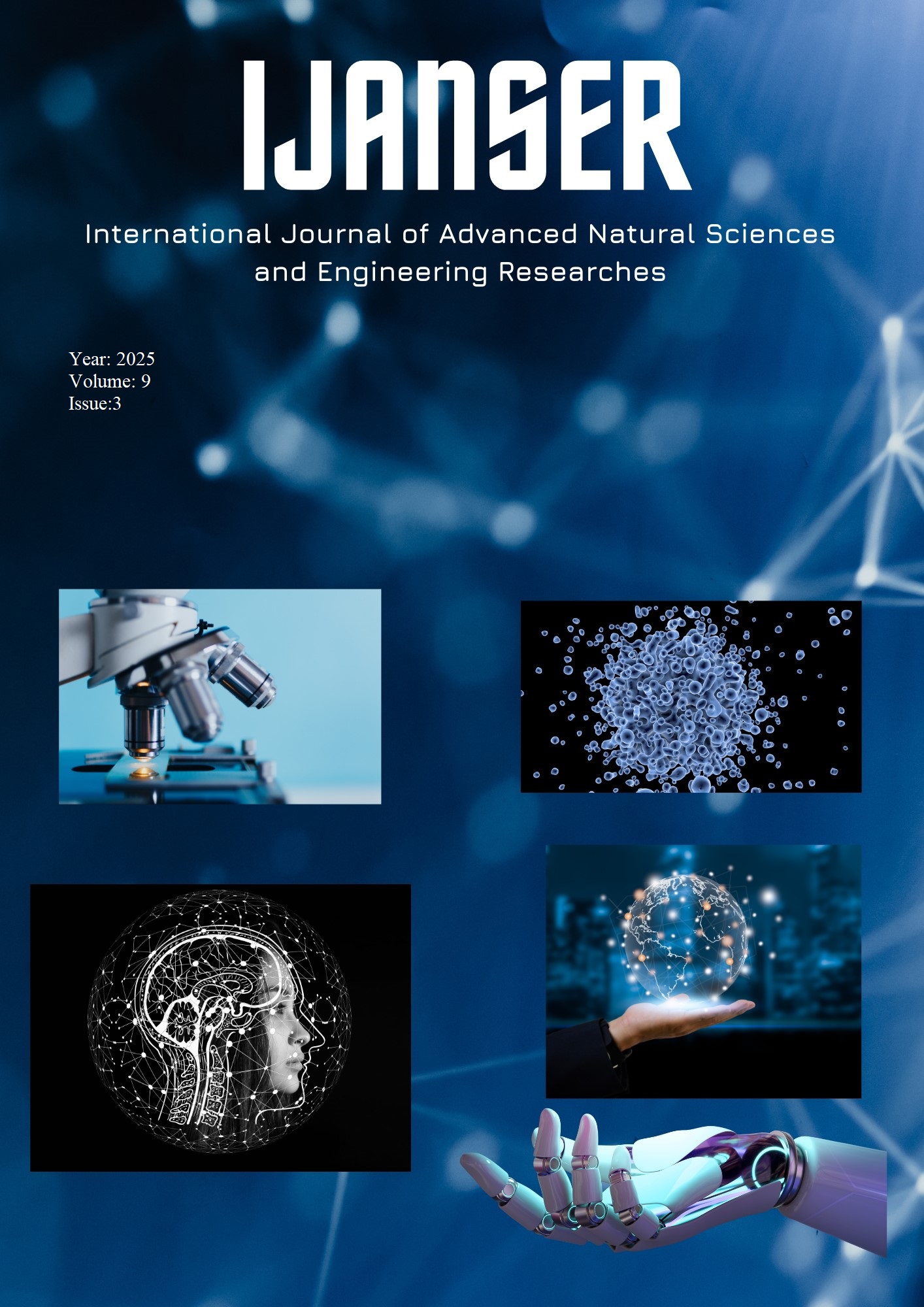Microworlds or Robot Programming as Possibilities for Teaching the Basics of programming
Keywords:
Microworlds, Robot Programing, Microcontrollers, Teaching Programing, Algorithmic ThinkingAbstract
Currently, the extremely rapid development in the field of information and communication
technologies is virtually unstoppable, and the penetration of information and communication technologies
into all areas of everyday life is also unstoppable. Information and communication technologies are
becoming increasingly invasive, and this fact also points in the direction of where attention should be
focused in the educational process so that the youngest generation also acquires the skills and habits that
are necessary for their effective mastery. One way of orienting education is to aim at the development of
algorithmic thinking skills in children and young people. It is important that children learn the basics of
algorithmisation and programming specifically through visualised programming environments. This
paper discusses the possibilities of teaching the basics of algorithmization and programming through
appropriate tools and problem visualization. Children's programming languages as well as robot
programming are considered as appropriate tools. Especially robot programming is nowadays an
interesting way of teaching programming, regardless of whether it is a robot that pupils can grab in their
hands or whether they are programming an online robot, for example VEXcode Vr . Teaching
programming through the creation of computer games is another option. Special emphasis is placed on
the attractiveness of the microworld object when teaching pupils the principles of programming. There
are several ways to make it attractive. It is important, however, that we get closer to the real world. There
are a number of ideas for teaching programming in children's programming languages that, depending on
the language being taught or the level of knowledge of the pupils, can be incorporated into the classroom.
A suitable motivation can be programming games.
Downloads
References
Hejný, M. A kol. 1990. Teória vyučovania matematiky. 2. vydanie. Bratislava : SPN, 1990.
Hejný, M. 2003. Understanding and structure. In European Research in Mathematics Education III. [online]. 2003, č. 3 [cit. 04.05.2022]. Dostupné na internete: < http://www.mathematik.tu-dortmund.de/~erme/CERME3/Groups/TG3/TG3_Hejny_cerme3.pdf>.
Stoffová, V. – Czakóová, K.: Úvod do programovania v prostredí mikrosvetov: (Vysokoškolská učebnica). 1. vyd. - Komárno : Univerzita J. Selyeho, Ekonomická fakulta, 2016. - 114 s. - ISBN 978-80-8122-170-5. – Spôsob prístupu: http://ukftp.truni.sk/epc/13632.pdf
Udvaros, J. and Takáč, O., 2020. Developing Computational Thinking By Microcontrollers. In ICERI2020 Proceedings (pp. 6877-6882). IATED.
Udvaros, J. and Czakóová, K., 2021. Using teaching methods based on visualizing by TinkerCad in teaching programming. In ICERI2021 Proceedings (p. 5913-5917). IATED.
Udvaros, J., and Végh, L., 2020. New Teaching Methods By Using Microcontrollers In Teaching Programming, eLearning and Software for Education 2020 : 1 pp. 630-637. Paper: 82 , 8 p.
Udvaros, J., Forman, N. and Dobák, D.É., 2023. Application and impact of electronic solutions in teaching programming. In Annales Mathematicae et Informaticae (Vol. 57, pp. 78-91).
Udvaros, J., 2019. Teaching Object Oriented Programming By Visual Devices, eLearning and Software for Education 15 pp. 407-413. Paper: 7, 7 p [online]





